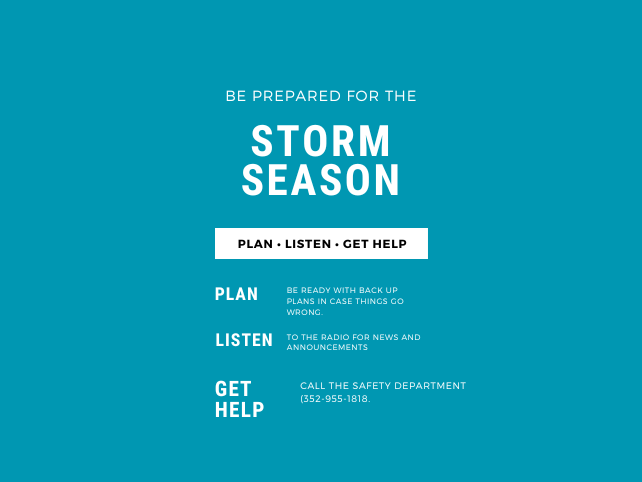
When assembling an emergency kit for special needs children, it’s important to consider their unique needs and any specific medical or sensory requirements they may have. Here are ten essential items to include in an emergency kit for special needs children:
- Medications: Pack a sufficient supply of any prescribed medications your child needs, along with clear instructions for administration. Include a copy of their prescriptions as well.
- Medical records: Carry a waterproof container with essential medical records, such as diagnoses, allergies, and emergency contact information for doctors and specialists.
- Communication aids: If your child uses communication devices, augmentative and alternative communication (AAC) tools, or visual aids, ensure they are included in the emergency kit.
- Comfort items: Pack favorite comfort items, such as a stuffed animal, blanket, or any sensory toys or objects that help soothe and calm your child during stressful situations.
- Special dietary needs: If your child has specific dietary requirements or food allergies, include a supply of appropriate snacks or food that can last for an extended period. Don’t forget any necessary feeding equipment or utensils.
- Spare clothing: Include a change of clothes suitable for your child’s age and needs, including diapers, if necessary. Consider weather conditions and pack accordingly.
- Personal hygiene items: Pack hygiene items that your child requires, such as diapers, wipes, hand sanitizer, and any other items specific to their needs, like specialized toothbrushes or oral care products.
- Medical supplies: Depending on your child’s condition, include any necessary medical supplies such as catheters, feeding tubes, syringes, gloves, or wound care supplies.
- OCopies of important documents: Keep copies of important documents, such as identification cards, insurance information, emergency contacts, and any relevant medical documentation, in a waterproof pouch.
- Entertainment and distraction items: Include items that can provide entertainment, comfort, or distraction during an emergency. This could include books, puzzles, games, sensory toys, or any items that your child finds engaging.
Remember to regularly check and update the emergency kit to ensure that medications, documents, and supplies are up-to-date and not expired. Consider involving your child in the process of assembling the kit to help them feel prepared and involved in their own safety.